There are almost as many approaches to learning music as there are musicians. Every teaching style has a philosophy behind it, and this philosophy influences what is taught and how it is taught. The interactive, collaborative, and highly kinesthetic Kodály method of learning music was developed by Hungarian composer and educator Zoltán Kodály in the early 20th century. It combines several powerful techniques for developing the core skills of musicianship.
Because it focuses on the expressive and creative skills of musicianship (rather than the theory or instrument skills) the Kodály approach is very closely related to the world of musical ear training.
In fact, it could arguably be seen as an approach to ear training, since it is primarily your musical ear which Kodály develops.
We’ll learn more about what Kodály can do for you, but let’s first look into the man behind the method.
The Life of Zoltan Kodály
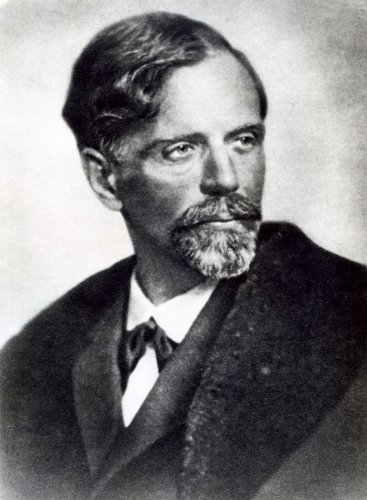
Zoltan Kodály
Born in Kecskemét, Hungary in 1882, Zoltan Kodály showed musical aptitude from an early age, composing for his school orchestra in his childhood.
After completing a Ph.D. with a thesis entitled “The Strophic Structure of Hungarian Folk-Songs”, Kodály began traveling extensively, accumulating music knowledge through his trips to the Hungarian countryside and his stint in Paris, where he studied with French composer Charles Widor and discovered the music of Claude Debussy. By this point, he was becoming a prolific composer, collaborating with Béla Bartók with whom he created a collection of Hungarian folk songs.
Upon his return to Budapest, he became a professor of music theory and composition at Liszt Academy. His big musical break came in 1923, when he was commissioned to compose a piece to celebrate the 50th anniversary of the union of the two cities Buda and Pest. The resulting piece, “Psalmus Hungaricus”, catapulted him to national-treasure status, as well as giving him international recognition.
He went on to write two operas, “Háry János” and “The Spinning Room”, which also became internationally popular. His body of work was a distinctive blend of classical, late romantic, impressionistic, and modernist – rooted in the folk traditions of Hungarian music.
Kodály continued to teach at the Liszt Academy for the majority of his remaining life, and after retiring as a professor, returned to the academy as a director in 1945.
Philosophy of the Kodály Method
Growing up with political disquiet in his country, Kodály sought out a way to preserve Hungarian culture, and found the answer in music.
Having been exposed to many styles of music education, Kodály found problems with the existing methods, especially taking issue with the fact that music education started so late in most schools. One story goes that in 1925, Kodály, overhearing schoolchildren singing, was so appalled that he set out to overhaul Hungary’s music education system.
He began writing articles and essays to raise awareness of the low quality of Hungary’s music education system. He believed the solution was better-trained teachers, an improved curriculum, and more class time devoted to music in general.
Not without drawing the ire of fellow music educators, Kodály dedicated himself to the project of music education reform, creating a new curriculum and new teaching methods.
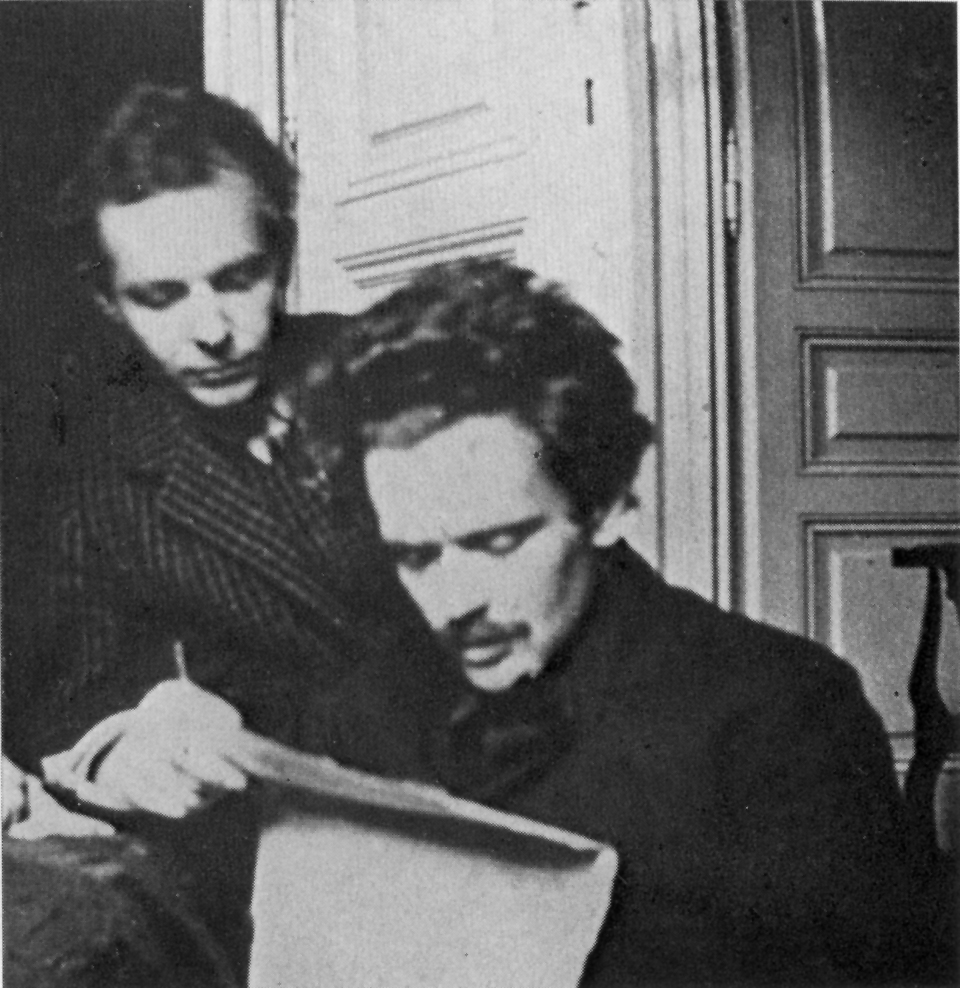
Béla Bartók (left) and Zoltán Kodály
Kodály was a firm believer in the importance of heritage and culture in one’s music education; he asserted that there was no better music than that of a child’s culture to teach children basic musical literacy. To this end, the system he developed integrated the singing of folk songs in the pupils’ mother tongue.
Finally, in 1945, Kodály’s work was applied in the ways he hoped it would; the new Hungarian government started to implement his ideas in public schools. This was soon followed by the opening of Hungary’s first music primary school.
This school was so successful that over a hundred more schools like it opened in Hungary in the following decade.
It didn’t stop there; the ideas of these music schools were presented at a conference of the International Society for Music Educators (I.S.M.E.), held in Vienna. Another conference held in 1964 in Budapest allowed other music educators to see Kodály’s work first-hand, leading to a steep increase in interest and to the widespread adoption of Kodály’s principles by his fellow educators.
The Creation of the Kodály Method
The Kodály method as we know it today was not technically developed directly by Zoltan Kodály himself. Rather, it was a system that evolved organically in music schools in Hungary under Kodály’s instruction and guidance.
Kodály’s friends, colleagues, and students helped develop this method by picking out techniques found to be the most interactive and engaging to create a method that focused on the expressive and creative skills of musicianship (rather than the theory or instrument skills). Many of these techniques were adapted from existing methods, altered to fit the context of Hungary. The resulting method relied quite heavily on exercises and games, and integrated the Hungarian cultural aspects.
With its folk foundation and its creative integration of movable “do” solfege, sounded-out rhythms, hand signals, and collaborative exercises, the Kodály method can be adapted to suit children’s music education worldwide, and nicely complements more traditional and orthodox approaches to music education. And more and more adults are discovering the great benefits of Kodály.
The Central Principles of Kodály
- Music should be taught from a young age. Kodály believed that music was among, if not the most important subject to teach in schools.
- Music should be taught in a logical and sequential manner.
- There should be a pleasure in learning music; learning should not be torturous.
- The voice is the most accessible, universal instrument.
- The musical material is taught in the context of the mother-tongue folk song.
Kodály for Children
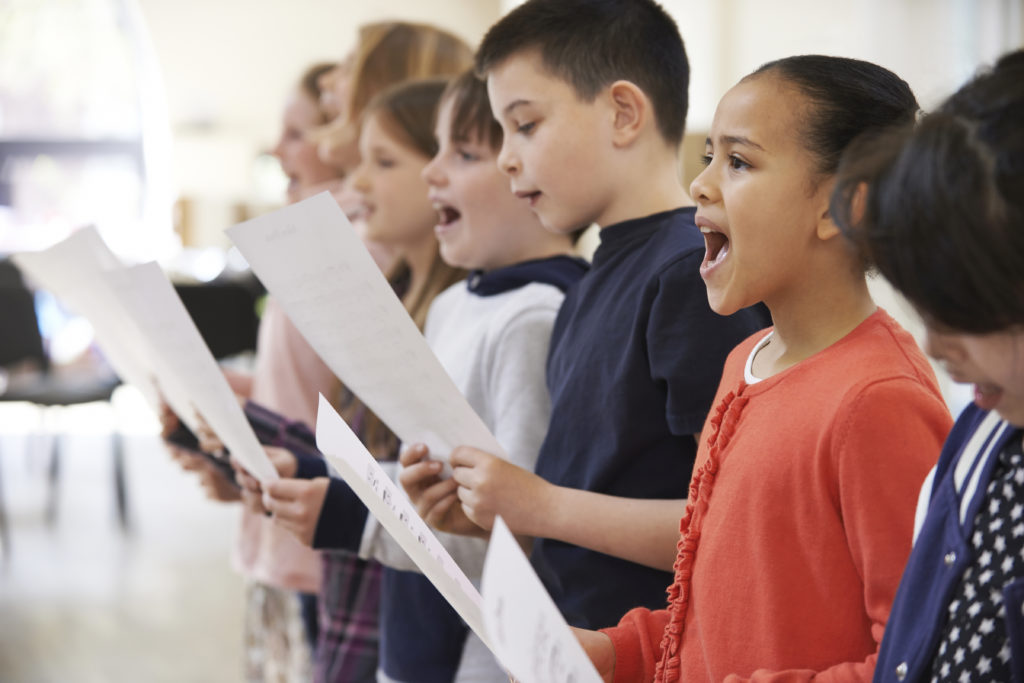 The original method that Kodály pioneered was created with children’s development in mind. With the method, young children unconsciously learn the basic musical elements: solfa, rhythm, hand signs, memory development, singing, and more. Because the music education is already rooted in the culture they are immersed in, learning can occur both in the classroom and at home, with family. Early Kodály music education for children has countless benefits.
The original method that Kodály pioneered was created with children’s development in mind. With the method, young children unconsciously learn the basic musical elements: solfa, rhythm, hand signs, memory development, singing, and more. Because the music education is already rooted in the culture they are immersed in, learning can occur both in the classroom and at home, with family. Early Kodály music education for children has countless benefits.
…and for Adults!
The Kodály method is not just for children! Since training starts with simple steps and segues into more complex exercises as a knowledge base is created, adult musicians on every level will also find the method useful. The concepts of rhythm, relative pitch, and improvisation taught in the system are universal.
Similarities and differences with the Orff Approach
You may be acquainted with Orff Schulwerk, another music education approach developed by composer Carl Orff in the mid-20th century. Some characteristics of Kodály may remind you of the Orff Approach, but the two methods are distinct.
Similar Philosophies…
Both Kodály and Orff believed that discovering the innate pleasure and beauty of music should be a central tenet of musical education, and that music education should be social, and ideally, rooted in students’ heritage and culture.
As a result, both approaches use an element of “play” in their pedagogy. Additionally, the two philosophies can be said to have a shared motto: “Experience first, intellectualize second”, meaning that students unconsciously absorb musical knowledge through the interactive exercises. Only then are they asked to put pen to paper and articulate the principles behind the music.
…Different Strategies
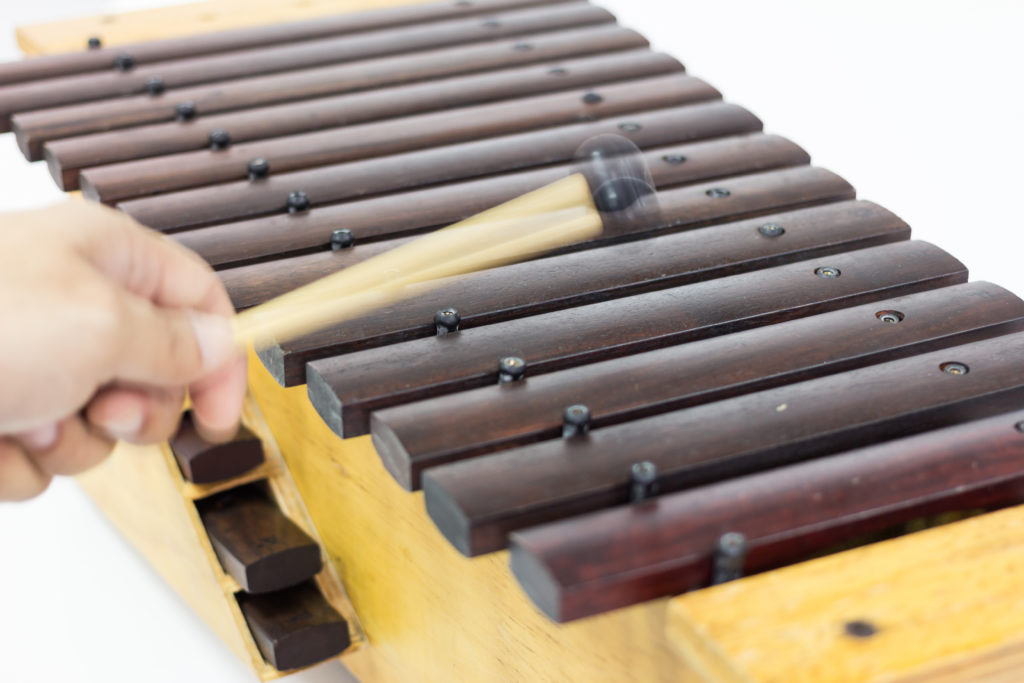 Where the Kodály method uses existing music as its basis, Orff is largely improvisational. Kodály is vocally-oriented with goals of sight-reading and sight-singing, whereas Orff uses body instrumentation and simple percussive instruments with an emphasis on rhythmic development and improvisation.
Where the Kodály method uses existing music as its basis, Orff is largely improvisational. Kodály is vocally-oriented with goals of sight-reading and sight-singing, whereas Orff uses body instrumentation and simple percussive instruments with an emphasis on rhythmic development and improvisation.
It can be said that Kodály is more grounded in theory and geared towards ear training than Orff; this is seen in the way that it teaches musical notation from the beginning, whereas Orff delays this until students make sufficient progress.
Generally speaking, the Kodály method is more structured and sequential, whereas the Orff Approach is less systematic and more free-form. Each have their advantages, but the Kodály method is arguably more useful in honing a musician’s inner ear. This further comparison discusses their shared ideology while contrasting the teaching styles of each one.
How Kodály compares to traditional music education
Obvious differences include the one-on-one teacher-student relationship in traditional music lessons versus the group activities of the Kodály method.
While individual attention is valuable in music education, group learning allows for more avenues in creativity and collaboration.
Regarding lesson content itself, traditional music education focuses on teaching a specific skill set for a specific instrument, whereas the Kodály method starts with one’s own voice as the original instrument, and slowly expands its teachings to apply to any instrument.
What Principles Does Kodály Involve?
This method places an emphasis on intuitive, interactive learning. To that end, the techniques used engage the student as much as possible, integrating body movement, singing, and group exercises.
1. Movable “Do” Solfa
Solfa (aka solfège) is a system for relative pitch ear training (i.e. recognising and following the pitch of notes) which assigns a spoken syllable to each note in the scale.
Musicians who haven’t studied solfa often think of it as “the do-re-mi system”, and while this hints at its nature, it actually vastly understates its power and versatility.
The key advantage is that by learning the musical role and distinctive sound of each note in the scale, it becomes easy to identify (and sing) notes simply by recognising where they fit in the musical context.
By using solfège to teach the pitch side of musical listening and performance skills, the Kodály approach ensures that musicians have a natural and instinctive understanding of the notes they hear.
2. Hand Signs for Movable “Do” Solfa
The Kodály Method includes the use of hand signals during singing exercises to provide a visual aid for the solfa syllables. The height that the hand rests at while making each sign is related to the pitch, with “do” at waist level and “la” at eye level. The spatial distance between the hand signs of different pitches corresponds to the size of the interval.
This even further reinforces the power of the solfa system in ear training; the student associates each pitch not only with a memorable syllable, but also with a specific hand motion made at a specific level. The hand signs complement and strengthen solfa learning.
If you want to try it out yourself, the Mobile Musical School has a useful exercise for practicing singing with hand signs!
3. Rhythm
Rhythm is often a neglected area of ear training. Many students simply don’t know how to effectively develop their rhythm skills, or how to connect them to the rest of their music learning.
The Kodály approach provides a clear systematic way to think about and speak rhythms in music which very much complements the solfège system for pitch. Kodály exercises encourage the participants to aurally, visually, and physically engage with the rhythms they’re playing.
Note values are counted out loud with assigned syllables that actually sound like the rhythms they spell out. For example:
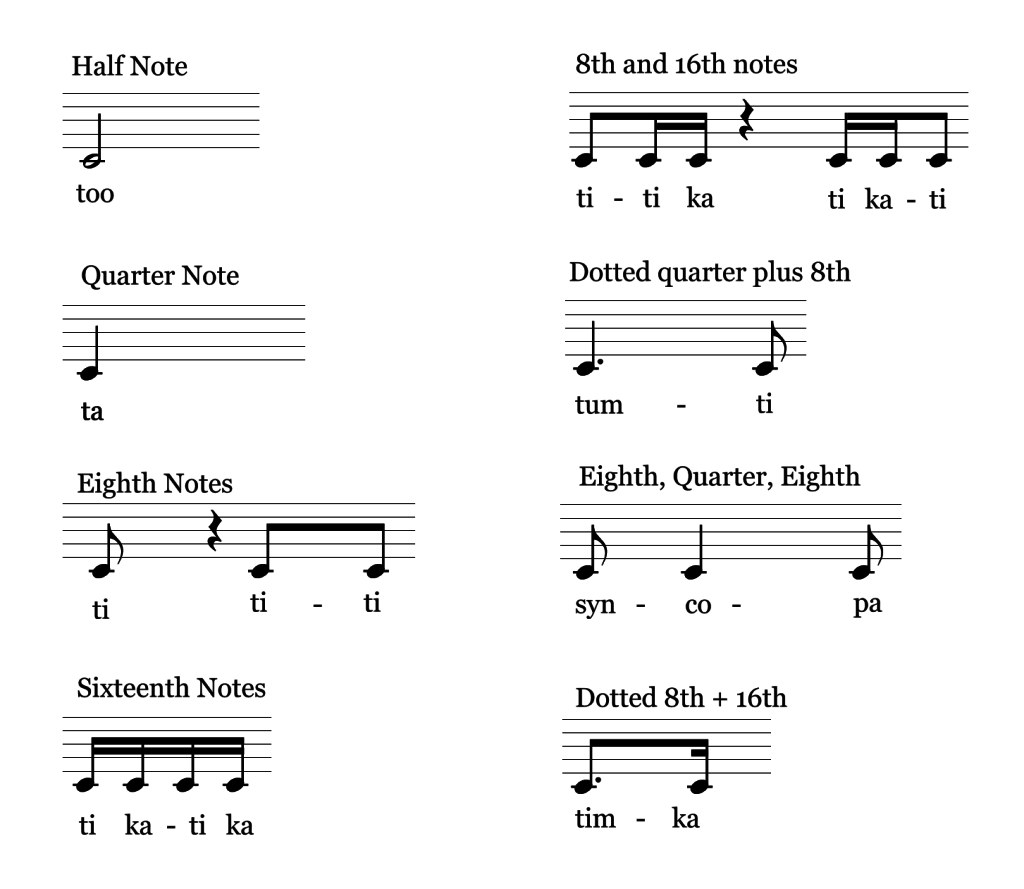
Kodály students learn to speak and sing rhythmic patterns using specific syllables, and so develop a framework for understanding rhythm by ear and performing it accurately.
4. Creativity
Although we often think about frameworks as limiting sets of rules, in fact they can provide a structure which gives you confidence to experiment.
This is the case with the solfège and rhythm systems in Kodály teaching: by having clear systematic ways to understand pitch and rhythm, the musician is empowered to be creative and confident in music.
An example would be improvising sung melodies, or changing the rhythm of a song in creative ways. These tasks can seem intimidating to a musician who has been taught in the classical tradition, but with the Kodály approach, musical tasks like these are simple and enjoyable.
5. Collaboration
At its heart, the Kodály approach is a very human and social one, involving plenty of musical collaboration. From the earliest lessons, students are encouraged to perform together and play or sing duets, rounds, and other musical forms which allow both collaboration and creative improvisation.
Examples would be students singing together and taking turns to improvise different melodies while the other sings an accompaniment, or playing clapping games where their rhythms interact and synchronise in fun ways.
How Can I Start Learning Kodály?
Though originally designed with young children in mind, the principles of Kodály are universal. Musical U has many free solfa resources. You’ll also enjoy these free Kodály-style rhythm and syncopation exercises.
There is a worldwide network of organizations that are promoting the Kodály method today. For more information about Kodály music learning and to find a class near you, visit:
• The Organization of American Kodály Educators
• The British Kodály Academy
• The International Kodály Society
The Kodály method is for everyone; musicians of all levels and walks of life can find something in this spirited and hands-on approach to learning music.
You can even become your own Kodály teacher! Check out these book recommendations for learning Kodály, and integrate Kodály techniques into your musical training. Most of all, Zoltan Kodály believed that music learning should be enjoyable, so look for ways to collaborate, and make sure to find ways to be creative with every step of your music learning.
The post What is the Kodály Method? appeared first on Musical U.


 The original method that Kodály pioneered was created with children’s development in mind. With the method, young children unconsciously learn the basic musical elements: solfa, rhythm, hand signs, memory development, singing, and more. Because the music education is already rooted in the culture they are immersed in, learning can occur both in the classroom and at home, with family. Early Kodály music education for children has
The original method that Kodály pioneered was created with children’s development in mind. With the method, young children unconsciously learn the basic musical elements: solfa, rhythm, hand signs, memory development, singing, and more. Because the music education is already rooted in the culture they are immersed in, learning can occur both in the classroom and at home, with family. Early Kodály music education for children has  Where the Kodály method uses existing music as its basis, Orff is largely improvisational. Kodály is vocally-oriented with goals of sight-reading and sight-singing, whereas Orff uses body instrumentation and simple percussive instruments with an emphasis on rhythmic development and improvisation.
Where the Kodály method uses existing music as its basis, Orff is largely improvisational. Kodály is vocally-oriented with goals of sight-reading and sight-singing, whereas Orff uses body instrumentation and simple percussive instruments with an emphasis on rhythmic development and improvisation.